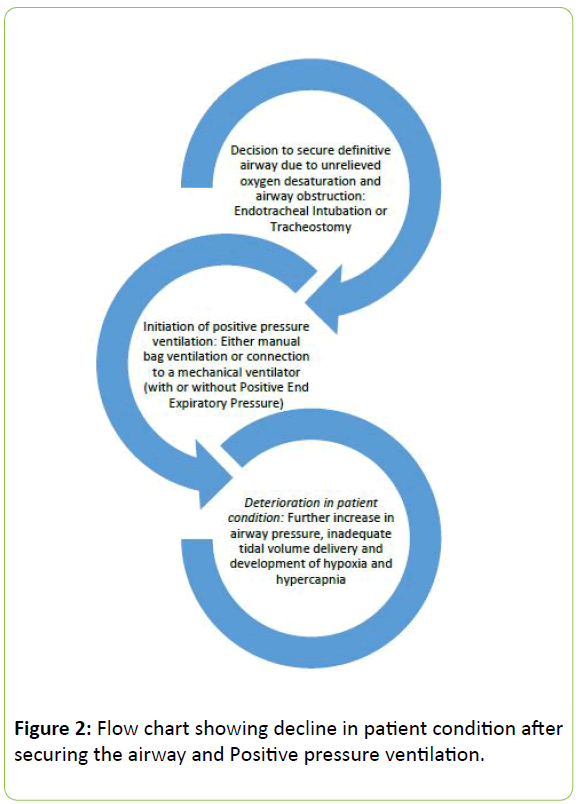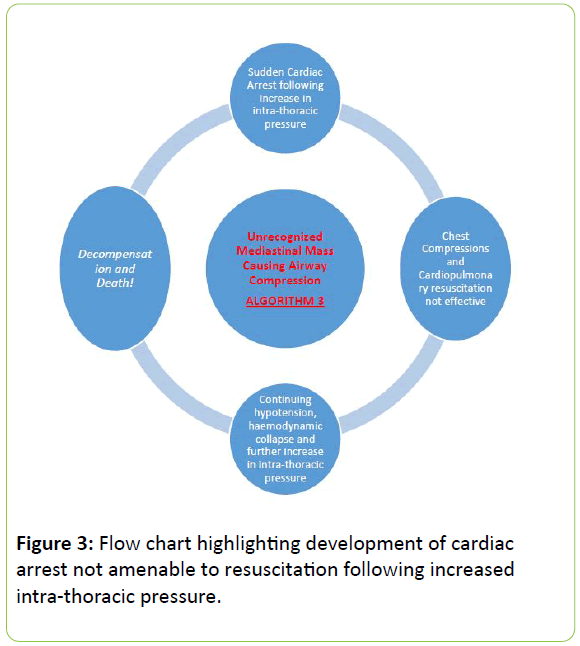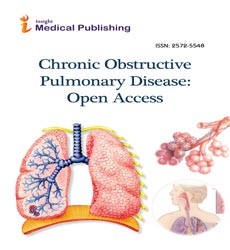Flow Charts Depicting the Acute Downhill Course of Unrecognized Mediastinal Mass
Uma Hariharan
DOI10.21767/2572-5548.100019
Uma Hariharan*
Anesthesia and Intensive Care, Dr Ram Manohar Lohia Hospital, New Delhi, India
- *Corresponding Author:
- Hariharan U
MBBS, DNB, PGDHM, Fellowship Oncoanaesthesia, Assistant Professor, Anaesthesia and Intensive care, Dr Ram Manohar Lohia Hospital & Post-graduate Institute of Medical Education and Research, CHS, New Delhi, India
Tel: +91-9811271093
E-mail: uma1708@gmail.com
Received Date: December 13, 2016; Accepted Date: December 28, 2016; Published Date: January 04, 2017
Citation: Hariharan U (2017) Flow Charts Depicting the Acute Downhill Course of Unrecognized Mediastinal Mass. Chron Obstruct Pulmon Dis 2:19. doi: 10.21767/2572-5548.100019
Copyright: © 2017 Hariharan U. This is an open-access article distributed under the terms of the Creative Commons Attribution License, which permits unrestricted use, distribution, and reproduction in any medium, provided the original author and source are credited.
Keywords
Mediastinal mass; Unrecognised; Airway obstruction; Positive pressure ventilation; ECMO; Down-hill course
Introduction
Mediastinal masses can have varied presentations or may even remain silent till very late [1]. There have been numerous articles on anaesthetic management of patients with mediastinal masses [2]. There is paucity of literature on acute presentation and course of events following airway interventions in patients with unrecognized mediastinal masses in the emergency or critical care set up. In the event of their presentation as reactive airway disease or acute airway obstruction, the possibility of a mediastinal mass must be kept in mind, when standard medical management fails to improve the condition or when definitive airway management worsens the condition further. A contrast-enhanced computed tomography [3] may be done to diagnose mediastinal masses, if the patient is haemodynamically stable. Positive pressure ventilation [4] can be disastrous as it leads to further increases in intra-thoracic pressures. A cardiothoracic surgeon opinion should be sought early and femoral vessels may be cannulated prophylactically. Facilities for institution of life support or ECMO [5] (extra-corporeal membrane oxygenation) is desirable in intensive care units caring for patients with mediastinal masses.
Discussion
Mediastinal masses can be a great mimic. Their acute presentation can be mistaken for bronchial asthma, COPD exacerbation or subglottic stenosis [6]. A high index of suspicion, eternal vigilance and prompt action can be rewarding in the emergency scenario. This article depicts a concise, lucid and a systematic four-step way to understand the downhill course of airway obstruction due to mediastinal masses. The following set of four flow charts or algorithms (to be read one after the other) summarize the chain of events that can occur after insertion of a definitive airway on the suspicion of airway obstruction in a patient with pre-existing unknown or unrecognized mediastinal mass (Figures 1-4)
References
- Aroor AR, Prakasha RS, Seshadri S, Teerthnath S, Raghuraj U (2014) J Clin Diagn Res 8: 77-80.
- Erdos G, Tzanova I (2009) Perioperative anaesthetic management of mediastinal mass in adults. Eur J Anaesthesiol 26: 627-632.
- Juanpere S, Canete N, Pedro O, Martinez S, Sanchez G, et al. (2013) A diagnostic approach to mediastinal masses. Insights Imaging 4: 29-52.
- Li WWL, van Boven WJP, Annema JT, Eberl S, Klomp HM, et al. (2016) Management of large mediastinal masses: surgical and anesthesiological considerations. J Thorac Dis 8: E175-E184.
- Worku B, DeBois W, Sobol I, Gulkarov I, Horn EM, et al. (2015) Extracorporeal Membrane Oxygenation as a Bridge through Chemotherapy in B-cell Lymphoma. J Extra Corpor Technol 47: 52-54.
- Hariharan U (2014) Subglottic stenosis and acute airway obstruction. J Anaesthesiol Clin Pharmacol 30: 122-124.
Open Access Journals
- Aquaculture & Veterinary Science
- Chemistry & Chemical Sciences
- Clinical Sciences
- Engineering
- General Science
- Genetics & Molecular Biology
- Health Care & Nursing
- Immunology & Microbiology
- Materials Science
- Mathematics & Physics
- Medical Sciences
- Neurology & Psychiatry
- Oncology & Cancer Science
- Pharmaceutical Sciences




